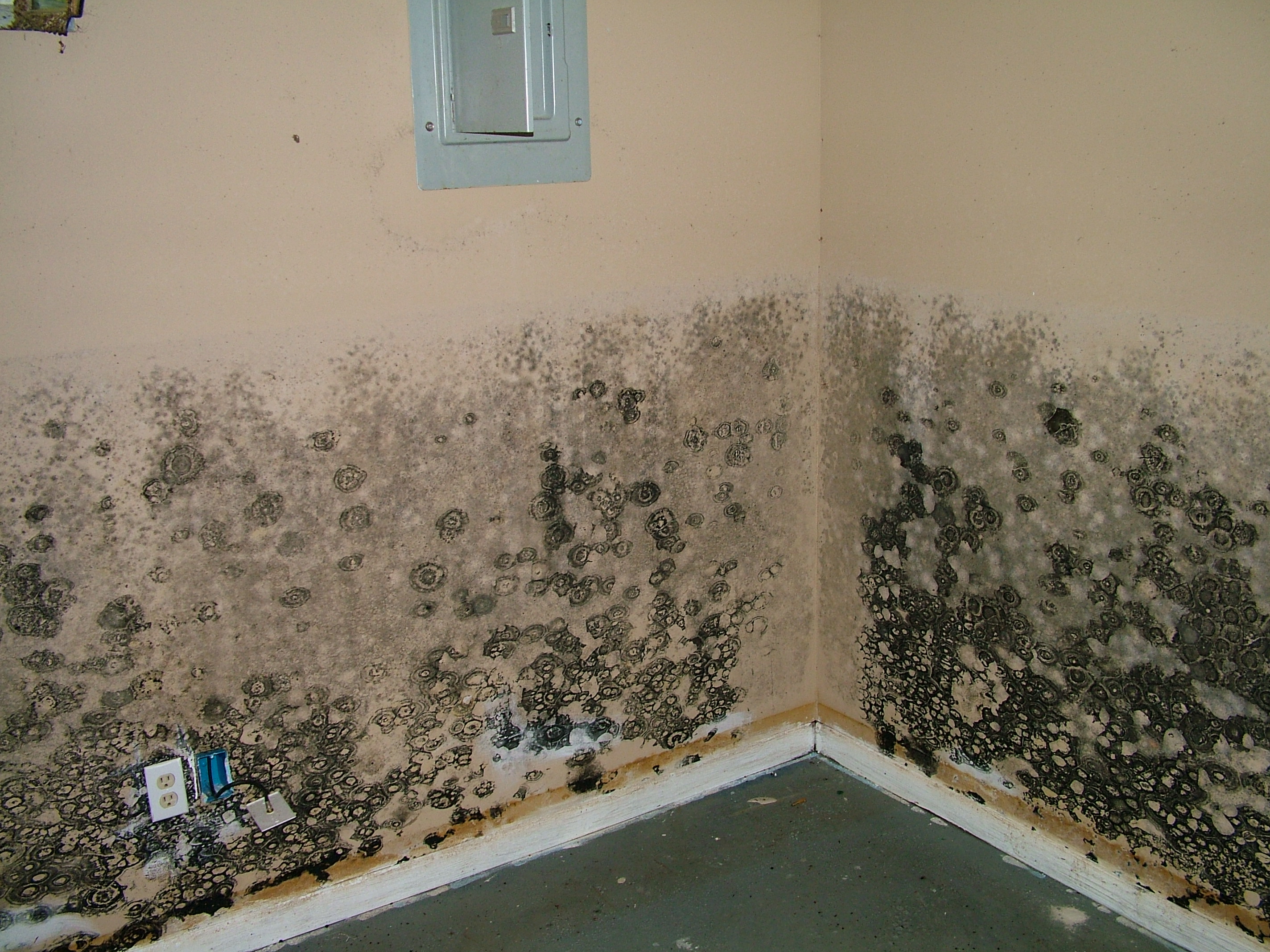
Are you planning to invest in mold removal services? You may be curious as to what steps should be taken to ensure the mold is removed successfully. While there is no one-size-fits-all solution for the removal of mold from the home, there are general steps that remediation professionals follow to ensure successful removal. These include those listed below:
- Determine the cause of the infestation
Mold infestations occur in environments with high moisture levels. You, therefore, have to identify the source of water that is causing the mold infestation first. This will help you resolve the moisture issue and therefore prevent future contamination.
With the source of moisture identified, the contractor can proceed to create a work plan to get rid of the mold.
- Identify the species of mold
It is important to determine what species of mold is present in the home. This will help to determine the best method of removal as well as whether additional safety measures ought to be considered for the remediation process.
- Determining the scope of the work
Once the contractor has identified the type of mold they are dealing with and how widespread the infestation is, they can determine the scope of the work. This involves providing safety protocols where required as well as identifying the best and safest way to remove the mold.
- Containment of contaminated areas
Areas that are contaminated are closed off from those that aren’t. These areas are monitored for cross-contamination. This is because the mold removal process can result in the dispersion of mold spores.
HEPA filtration equipment is also installed at this stage to prevent cross-contamination.
- Mold removal
This stage involves the removal of contaminated and damaged material such as drywall, underlay and carpet. Porous material that has been exposed to mold is also removed and disposed of.
- Removal of odors
Mold can cause an offensive odor. Removal of this odor is necessary as part of the restoration process. Contractors often apply air cleaners or specialized treatments to get rid of bad odors.
- Cleaning
When all signs of contamination are removed, the area is cleaned thoroughly. This may involve the use of antimicrobial treatments as well as HEPA vacuuming of surfaces that are porous.
- Verification
This final step is vital for successful removal. It involves inspection and testing after the remediation has been completed. This ensures that the remediation was successful. Specialized instruments are used for air and surface sampling.
Contatct the professionals at Everdry today!

All waterproofing companies have to make a choice. They can assume an attitude of, “no one’s perfect,” and “the homeowner won’t notice that,” or “close enough.” Or they can do what Everdry Illinois does… and insist on strict standards and absolute precision.
And while waterproofing contractors in Illinois, unfortunately, choose the “close enough” route, Everdry Illinois has committed to the highest standards of service and installation. We always, always, ALWAYS do it the RIGHT WAY.
In addition to our excellent professionals, we have also carefully built a top team of managers and office support people. The office support staff are exceptionally skilled at listening to what you want and then making the right recommendations for your budget and tastes.
The office support people are well-trained to avoid the typical frustrations of “I don’t know” answers. (And if they really don’t know, they’ll get you to the right person). The typical customer service frustrations that are so common nowadays are not the “Everdry way”.


Creating dry, healthy basements for 40+ years.